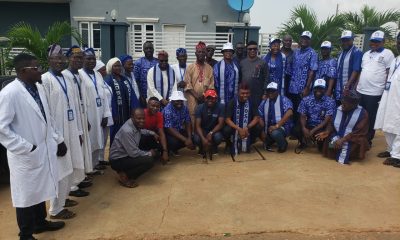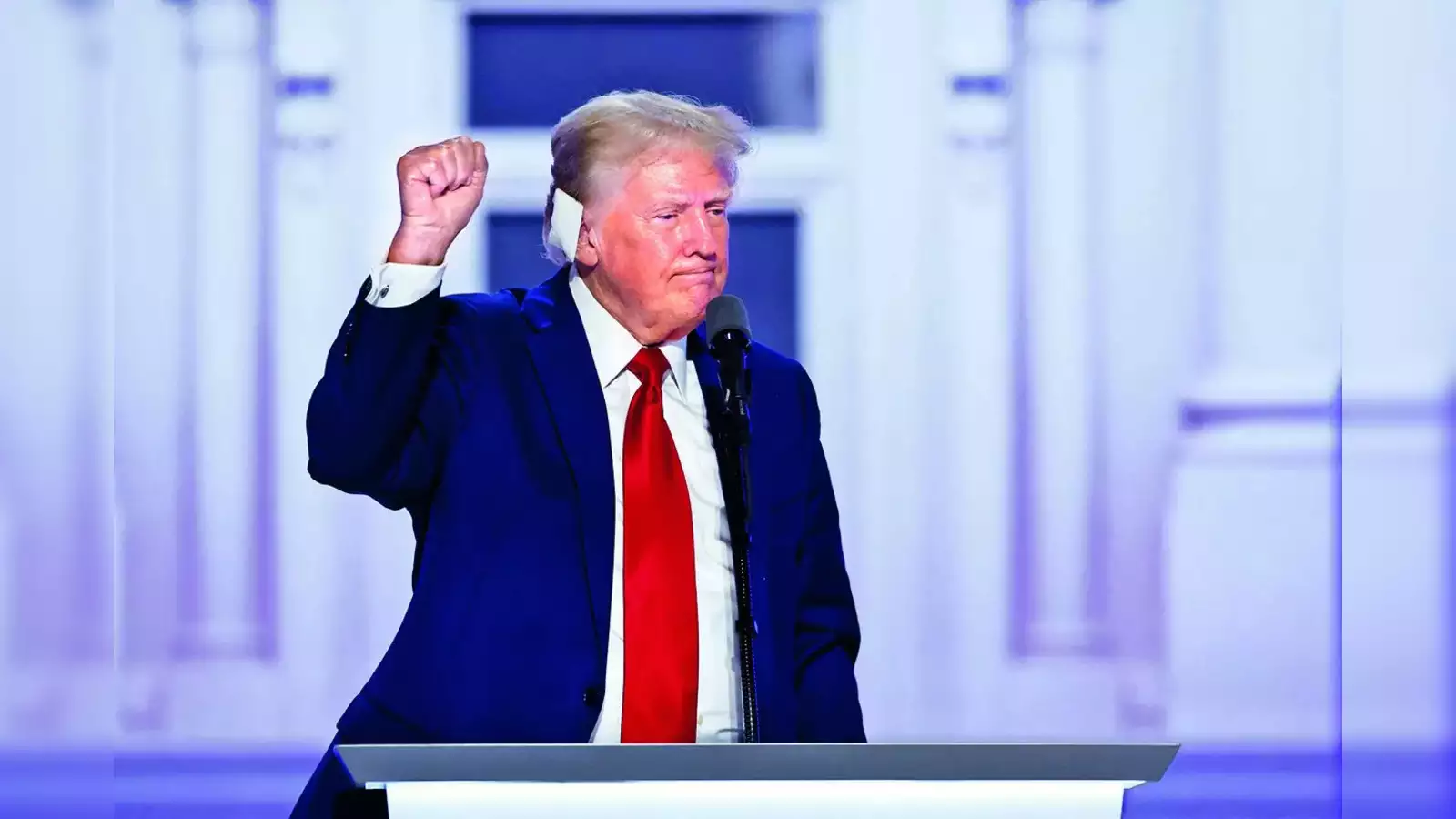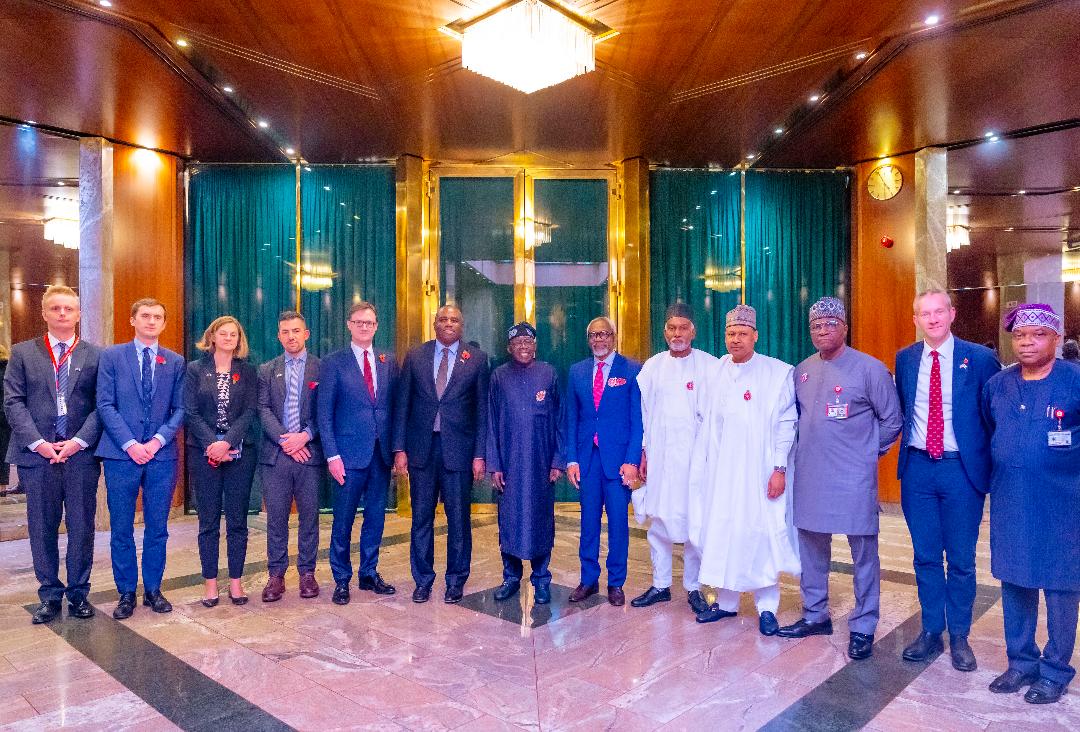History
History Of Osun State Nigeria – Creation, Economy, Politics, Legislation, Culture
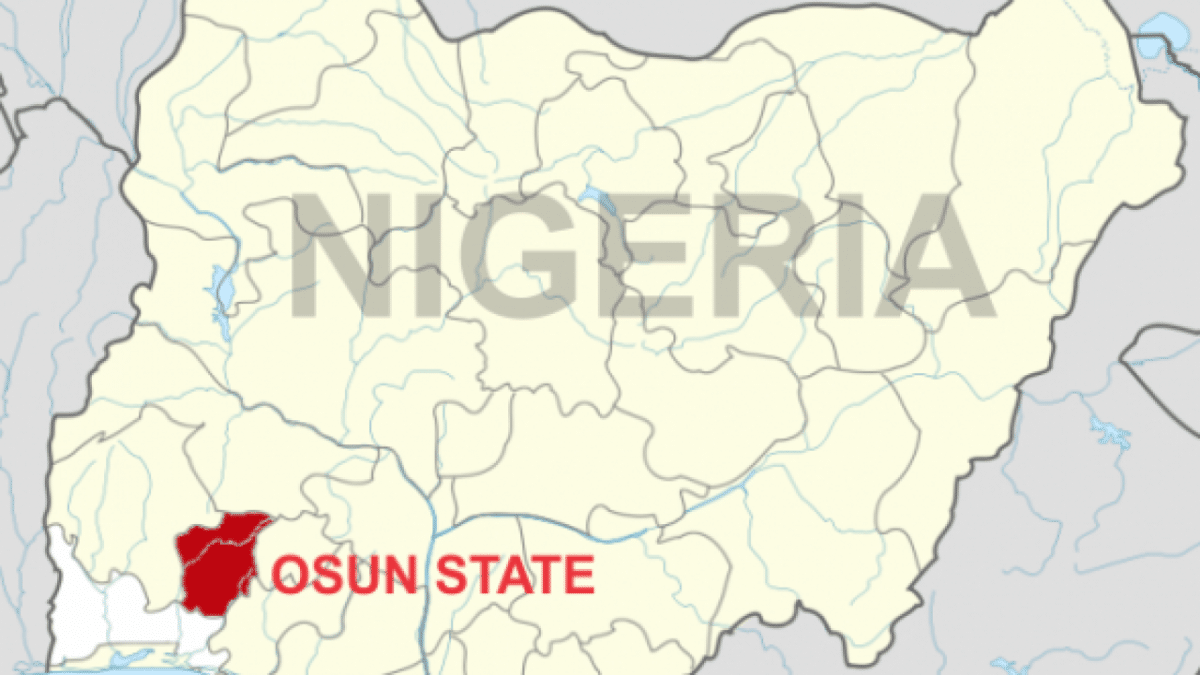
In this article, EKO HOT BLOG brings to you the history of Osun State, Nigeria. All you need to know about the creation, economy, politics, legislation and culture of the state will be accessed here.
EDITOR’S PICK:
- Yusuf Lasun Biography, Age, Education, Career, Wife, Children, Net Worth, Controversy
- Ademola Adeleke Biography, Age, Wife, Political Career, Net worth, Controversy
- Alaafin of Oyo Biography: Oba Lamidi Adeyemi Cause Of Death, Age, State, Wiki
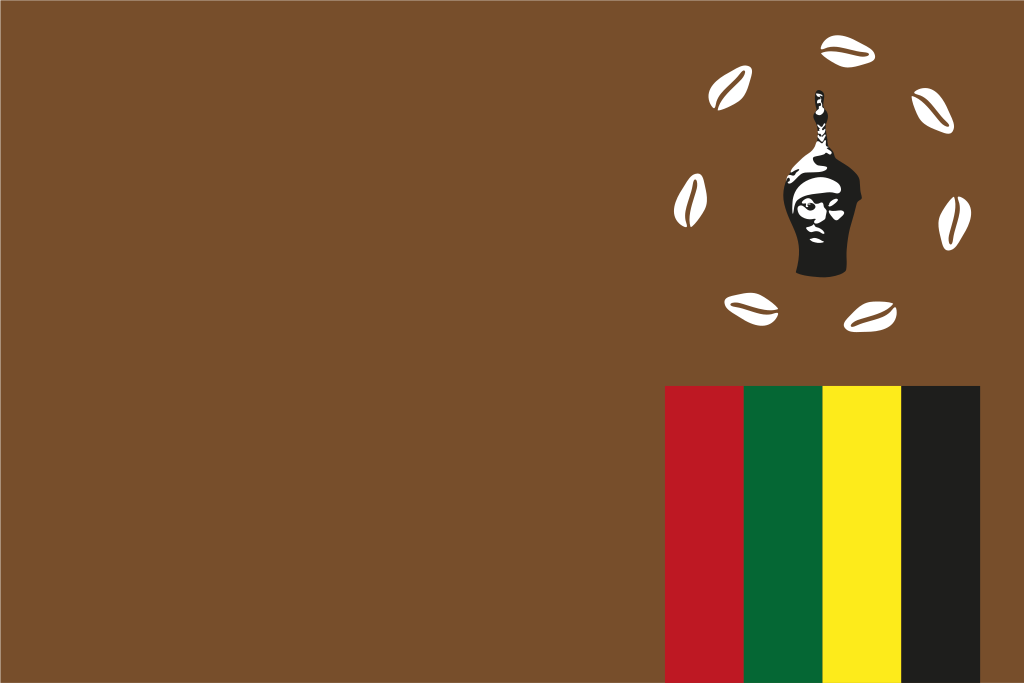
Flag of Osun State
History of Osun State
Historical background
Osun State was carved out of Oyo State on the 27th of August 1991; it came into existence after a series of pressure was mounted on the Federal Military Government.
In essence, the fight for the creation of Osun State started in the 1950s. At that time, the current Osun State was under the Ibadan District Authority. The representatives of Osun West, East, and Central, submitted the petition to the British Colonial Government. They wanted to create autonomy for Osun State. Moreover, they even proposed Oshogbo as the autonomy headquarters.
The leaders of Osun State pursued this agenda up to 1951. Only the colonialists headed by H.L. Butcher managed to settle down the leaders of Osun State. H.L. Butcher granted autonomy for Osun District Towns on April 1st, 1951. After that, the leaders of Osun State had to wait more than 40 years for the creation of their state!
The demand for the state to be created could be traced back to 1975 and perhaps much earlier. This was a result of the appointment of the Irikefe commission set up by the administration of the late General Muritala Mohammed in 1975 to look into the demand for the creation of more states.
The Osun, Ijesa and Ife communities under the umbrella of the Osun State movement requested the Federal Government to have a state of their own, but it did not materialize in 1976 until May 1991 when the secretary to the Government of the federation, Alhaji Aliyu Mohammed said in an interview that the Federal Government had not shut down the door against the creation of states.
As a result, a formal petition was gathered by the council for the creation of Osun State which was presented to Governor Abdulkarim Adisa in Ibadan on the 24th of April 1991 by a powerful delegation of traditional rulers who addressed the then president.
The delegation which was led by Owa Obokun of Ijesaland, included the Oragun of Ila Oba William Adetona Ayeni, the Ataoja of Osogbo Oba Iyiola Matanmi, the Timi of Ede Oba Tijani Oladokun, the Olukuku of Okuku, the Ogiyan of Ejibo Oba Omowunuola, the Alapomu of Apomu, the Alarun of Ikirun, the Owa of Igbajo etc.
The petition was signed by 30 traditional rulers and 16 community leaders. On the 16th of June Osun forum sent a memorandum to President Babaginda demanding the creation of the Osun State, it was signed by its chairman, his secretary and 17th members. On 27 August 1991, President Babangida created nine states including Osogbo as its capital.
There were several reasons for the creation of Osun State and the other nine states, as mentioned by President Babangida. These reasons were to fulfil the expressed wishes of the people and communities, to avoid divide and rule syndrome, the need to achieve a measure of relative balance in population and resource distribution, to maintain regional and state balance, to ensure the effective and efficient administration and lastly to strengthen the unity of the country among others.
Osun State People & Culture
The major sub-ethnic groups in Ọṣun State are Ife, Ijesha, Oyo, Ibolo and Igbomina of the Yoruba people, although there are also people from other parts of Nigeria. Yoruba and English are the official languages. People of the state practice Islam, Christianity and paganism called traditional faith.
The people of the state are mainly traders, artisans and farmers producing such food crops as yam, maize, cassava, beans and cocoyam. The cash crops grown include tobacco and palm produce.
Their other occupations include hand-woven textiles, tie and dye, leather work, calabash carving and mat-weaving.
Transportation in the state is either by road or rail.
The annual Osun Osogbo cultural festival that usually comes up in August is held along the banks of the river bearing and it attracts thousands of devotees from across the country and beyond. Visitors at the festival include nationals of the United States, Brazil, Cuba, Trinidad, Grenada, and other nations in the Americas with a significant Yoruba cultural heritage.
Ọṣun-Ọṣogbo Grove, the shrine of the annual rites of the deity and an important artistic centre, was declared a World Heritage Site in 2005.
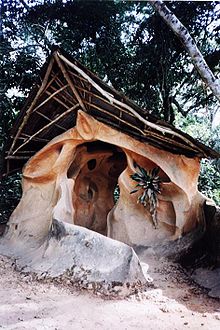
Osun temple.
Osun State Politics
Col. Ajiborisa is the first head in the political history of Osun State. He managed to assist in the state creation between August 1991 and January 1992. He contributed to the election of the state under the Military President in Nigeria. The first governor of Osun State was Otunba Adeleke. Still, he was not in power for an extended period. His reign lasted only 23 months.
The first acting military administrator in the history of Osun State Nigeria was Col. Akale. He was a man who invented this post for Osun State. In December 1993, Navy Captain Anthony Udofia became the first military administrator of the State. He ruled for almost three years. The second military administrator was Col. Anthony Obi. He was a commander in the office of the State for the next two years up until August 1998.
The first military administrator who transferred the power to the civil government was Bamigboye. He handed the administration to Chief Adebisi Akande. He was a representative of the Alliance for Democracy!
Chief Adebisi Akande ruled in Osun State up until the 2003 gubernatorial elections! Still, he lost the elections to Prince Olagunsoye Oyinlola. He was a representative of the People’s Democratic Party! There were several parties which competed in the 2003 gubernatorial elections in Osun State Nigeria:
- Alliance for Democracy (AD);
-
Peoples Democratic Party (PDP);
-
All Nigeria Peoples Party (ANPP);
-
All Progressive Grand Alliance Party (APGA);
-
National Conscience Party (NVP).
Prince Olagunsoye was named the governor of the State on May 29, 2003. He was the first leader in the brief history of Osun State, who managed to find a way to foster peace and prosperity. Prince Olagunsoye controlled the State up until the 26th of November 2010. He was forced to leave the office as the appellate court annulled the results of the April 2007 elections.
In November 2010, they named another governor of the state. Eng. Rauf Adesoji Aregbesola from the Action Congress of Nigeria party was declared a winner of the elections.
In July 2018, Gboyega Oyetola contested with Osun state House of Representatives deputy speaker Yusuf Lasun and Speaker of the Osun House of Assembly Nojeem Salaam, Dr Samuel Ibiyemi; Publisher Nigerian NewsDirect Newspapers, Adelere Oriolowo, Moshood Adeoti amongst others for the All Progressives Congress gubernatorial candidacy of the September 22, 2018, gubernatorial election in Osun state and won. He was sworn into office on November 27, 2018.
On the 22nd of March, 2019, the Election tribunal sitting in Abuja declared that the All Progressive Congress and its candidate, Gboyega Oyetola, were not validly returned. The Osun tribunal ruled in Mr Adeleke’s favour and declared him the winner of the election. In a split judgment of two to one, the tribunal ruled that INEC was wrong to have ordered a rerun election. It nullified the rerun.
On July 5, 2019, the Supreme Court validated the election of Gboyega Oyetola as the governor of Osun State. Gboyega Oyetola is the present Governor of the State.
Osun State Legislature
The First Assembly of Osun State Nigeria was inaugurated in 1992. The first chamber for this Assembly was the Osogbo City Hall. It served as the first House of Assembly. At that time, there were 46 Honorable members in the House of Assembly. There were only 23 government areas of the state.
The Speaker of the Assembly was Barrister Adewale. This Assembly was dissolved in 1993 by General Sani Abacha. The Second Assembly of Osun State was created in 1999. The creation of this legislative branch was initiated by Chief Adebisi Akande. At that time, the Assembly consisted of 26 members. The speaker of the Second Assembly was Mojeed Olujinmi Alabi.
The Third Assembly was created in 2003. Its creation was initiated by Prince Olagunsoye Oyinlola. This legislature body was made up of 26 members. The speaker of the third Assembly was Rafiu Adejare Bello.
FURTHER READING:
- Bola Ahmed Tinubu Biography, Age, Education, Political Career, Net worth, Controversy
- Peter Obi Biography, Age, Wife, Children, Source of Wealth, Controversy
- Funke Akindele Biography, Age, Failed Marriage, Children, Net worth, Source of Wealth
Geography Of Osun State
Geography and Population
Osun State was carved out of old Oyo State. There were eight other states carved from the old one.
The major sub-ethnic groups in Ọsun State are Ife, Ijesha, Oyo, Ibolo and Igbomina of the Yoruba people, although there are also people from other parts of Nigeria. Yoruba and English are the official languages. People of Osun State practice Islam, Christianity and their ancient religion, the traditional faith.
Osun state is geographically located at the heart of southwest Nigeria. It is situated in a tropical rain forest and thus is bounded by five states Kwara State to the North, Ogun State in the South, Oyo state in the west, and Ondo and Ekiti states in the south and North East.
The State covers the area of South Western Nigeria with a total area of 14,875 square kilometres. It lies between longitude 04 00E and 05 05”1.
In size, Osun State is ranked the 28th out of the 36th states in Nigeria. In population According to the 2006 national census, the state had a male population of 1,740,619 while females were estimated at 1,682,916 therefore the total population of both males and females was estimated to have been 3,423,535.
At that time, the state had over 200 towns. It was also a highly urbanized area compared to other states. The major cities at that time were:
- Ifon-Osun;
- Ipetu-Ijesha;
- Ikire;
- Ila-Orangun;
- Ede;
- Iwo;
- Ikirun;
- Ilesa;
- Ile-Ife.
Demographically, Osun State is largely inhabited by the Ijesha, Osun, and Ife communities who are Yoruba-speaking people who majorly form most part of the large Yoruba nations in Nigeria. The major sub-ethnic group in Osun State are the Ifes, Ijesha, Oyo, Ibolo, and Igbomina, and there are other ethnic groups from other parts of Nigeria like Hausas and Igbo.
Tourism
The state of Osun is home to a lot of tourist attractions based on its rich history and cultural base of the Yoruba. This is place is considered a heritage site. it is located along the Osun river and is home to the goddess of fertility, Yemoja.
Erin-Ijesha Waterfalls is located in Erin-Ijesha. It is a tourist attraction located in Oriade local. The fall features seven floors.
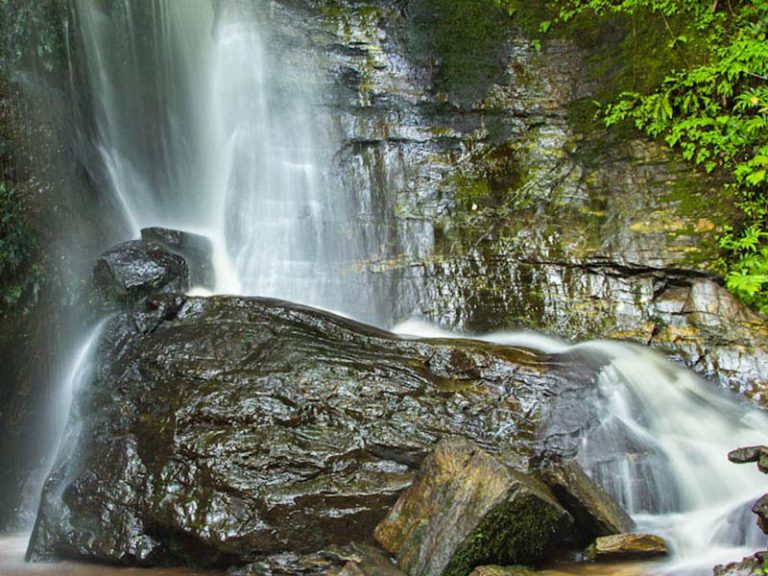
Erin Ijesha Water Fall
Natural Resources
The state is agrarian and well suited for the production of crops such as cash crops and food crops. Cash crops include cocoa, tobacco and oil palm, and food crops such as maize, cocoyam, beans, plantain, and cassava because of favourable climatic conditions.
The annual rainfall is between 1000 and 1500mm with a high daily temperature of about 30°C. The people are predominantly farmers with relatively small holding farms.
Osun State is blessed with natural resources such as gold which has been documented to have been discovered in Ilesha in 1942. Also, mother nature has blessed Osun State with abundant mineral resources which include:
- Granite found in Ilesha,
- Kaolin found still in Ilesha,
- Industrial Mineral and Talc in Ilesha,
- Feldspar in Apomu and
- Tin in Ilesha.
Other natural resources include clay balls and building stones of different dimensions such as gravel.
These natural resources could be said to be the reason for industries such as quarries in Osun State. Several varieties of expensive gemstones like ruby, sapphire, topaz, zircon and emerald etc and if well tapped into will lead to the rise of GDP in Osun State.
The state occupies a complex basement area of metamorphic rock located in southwest Nigeria with two main relief regions in the coastal plain and the inselberg or a monadic landscape, this is a form of the isolated hill that stands above well developed plain and this covers more than half of the state.
The soil in Osun State has been said to be in the category of highly ferruginous tropical red soil that is associated with basement complex rock.
Also, the state is also covered by secondary forest, whereby in the south it has wooded savannah, and in the north, it is forest savannah.
Lastly, if the natural resources such as the gemstones are looked into and used well, it may lead to the rise of the GDP in Osun State by so doing, it is and will be visible that geography and natural resources play a role in a state both historically and economically.
Present day Osun State
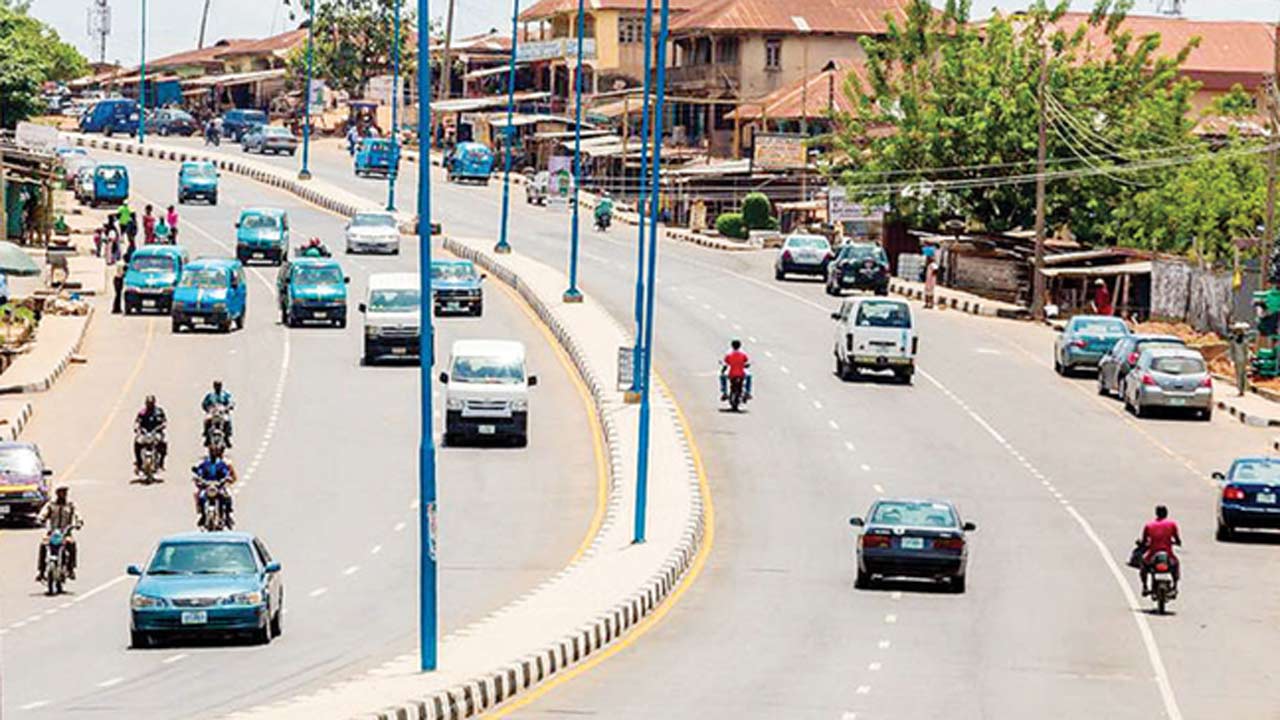
Today Osun State consists of 30 Local Government Areas! It`s also divided into three federal senatorial districts. Osun State is also divided into two administrative zones.
- Aiyedaade Local Government Area
- Aiyedire Local Government Area
- Atakunmosa East Local Government Area
- Atakunmosa West Local Government Area
- Boluwaduro Local Government Area
- Boripe Local Government Area
- Ede North Local Government Area
- Ede South Local Government Area
- Egbedore Local Government Area
- Ejigbo Local Government Area
- Ife Central Local Government Area
- Ife East Local Government Area
- Ife North Local Government Area
- Ife South Local Government Area
- Ifedayo Local Government Area
- Ifelodun Local Government Area
- Ila Local Government Area
- Ilesa East Local Government Area
- Ilesa West Local Government Area
- Irepodun Local Government Area
- Irewole Local Government Area
- Isokan Local Government Area
- Iwo Local Government Area
- Obokun Local Government Area
- Odo Otin Local Government Area
- Ola Oluwa Local Government Area
- Olorunda Local Government Area
- Oriade Local Government Area
- Orolu Local Government Area
- Osogbo Local Government Area
Click to watch our video of the week
Advertise or Publish a Story on EkoHot Blog:
Kindly contact us at [email protected]. Breaking stories should be sent to the above email and substantiated with pictorial evidence.
Citizen journalists will receive a token as data incentive.
Call or Whatsapp: 0803 561 7233, 0703 414 5611




